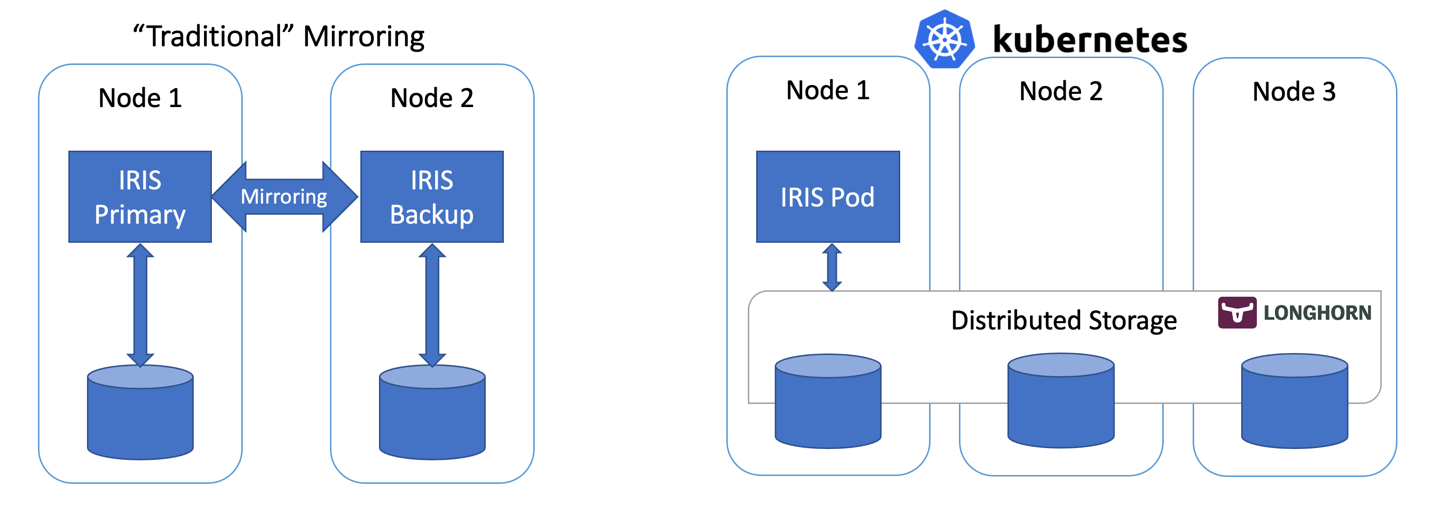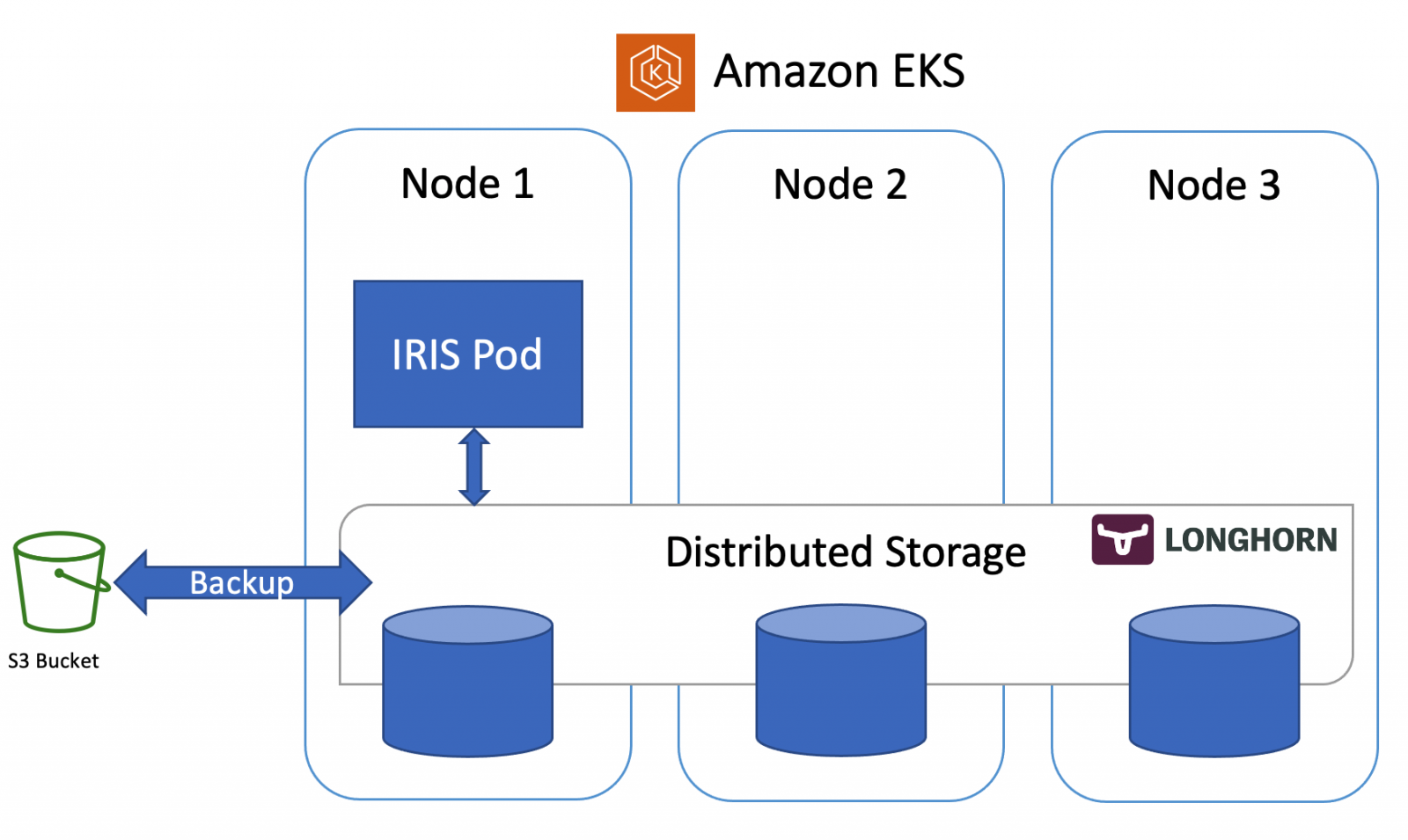.png)
Power your IrisCluster serviceTemplate with kube-vip
If you're running IRIS in a mirrored IrisCluster for HA in Kubernetes, the question of providing a Mirror VIP (Virtual IP) becomes relevant. Virtual IP offers a way for downstream systems to interact with IRIS using one IP address. Even when a failover happens, downstream systems can reconnect to the same IP address and continue working.
The lead in above was stolen (gaffled, jacked, pilfered) from techniques shared to the community for vips across public clouds with IRIS by @Eduard Lebedyuk ...
Articles: ☁ vip-aws | vip-gcp | vip-azure
This version strives to solve the same challenges for IRIS on Kubernetes when being deployed via MAAS, on prem, and possibly yet to be realized using cloud mechanics with Manged Kubernetes Services.

.png)


